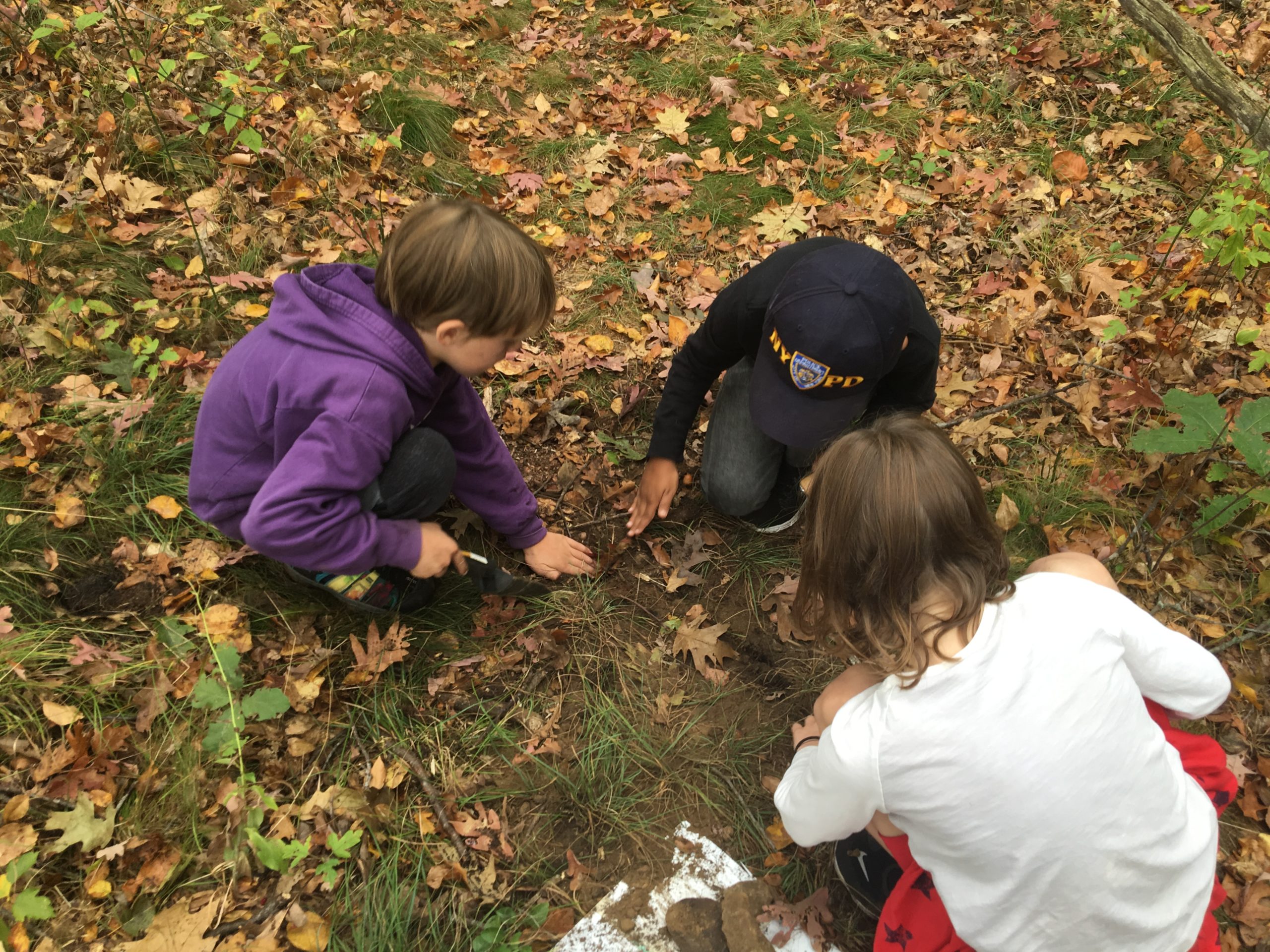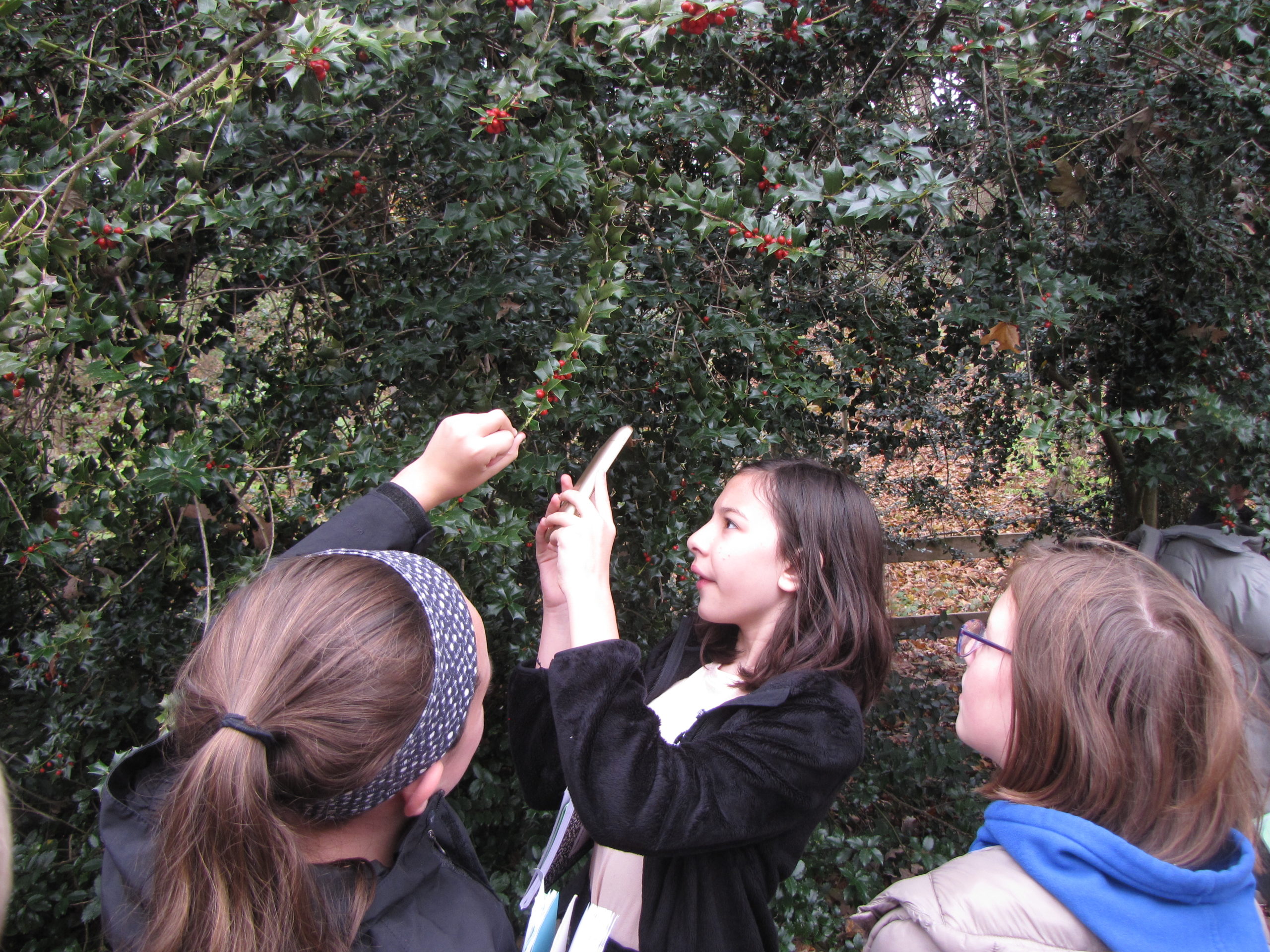Schools and groups from around the Boston area are welcome to self-guide through the landscape with their own agenda or by downloading seasonal activities linked below. We ask that all groups use our registration form as it helps us keep track of who is coming and how many people are enjoying this space.
If you teach at a school in the City of Boston, you may qualify for a bus funding grant to receive free transportation to and from the Arnold Arboretum.
All self-guided groups must register before coming to the Arboretum using the registration link on this page.
Please register at the link below.
Click to fill out registration form
Contact Information:
Ana Maria Caballero, Outdoor Educator
617.384.9032
Know Before You Go
General Arboretum Rules
- Be respectful of other visitors enjoying the space.
- To preserve the health and beauty of the trees, please do not pick, pull, or climb on the trees. You may gently touch plant parts to feel texture and smell scents. You may collect plant material that has fallen to the ground.
- Walking in plant beds or mulched areas is not allowed. Be aware of what you are stepping on.
- Balls, frisbees, and other sports equipment are not allowed.
Arrival and Parking
Buses
- Buses are not allowed to enter the gates into the landscape or drive through unless you’ve been given permission in advance by youth education staff.
- When arriving, drive past the gates and unload students in the designated bus drop-off zone along Arborway. Buses can park further down Arborway or on Flora Way. (see map)
- If you need special accommodation, please contact us at least a week before your visit: childrensed@arnarb.harvard.edu.
Public Transportation
- The Arboretum is easily accessible from the Forest Hills T stop, and by Bus #35, #38, #39, and #51.
Visitor Center and Restrooms
The Visitor Center
- Open 10:00am – 4:00pm daily, located inside the Hunnewell Building.
- Here you will find a scale model of the Arboretum, seasonal highlight displays, and friendly staff who can answer questions.
- If you would like to bring students inside, plan to enter in staggered groups of 10 or less, always accompanied by a supervising adult using indoor voices.
Bathrooms
- Open 10:00am -4:00pm daily, located inside the Hunnewell Building.
- There are portable restrooms along Meadow Road, near the Dana Greenhouses, and on Peters Hill.
Picnicking
- School groups may picnic on the grounds, as a special exception to our no-picnicking policy.
- Groups must carry out all trash.
- We do not have storage for lunches, nor do we have any indoor space in case of rain.
Maps and Resources
- Arboretum map [pdf]
- School bus drop off and parking [pdf]
- Public Transportation stops [pdf]
- Suggestions for a Successful Trip [pdf]
A teacher’s story
“I just wanted to say that we had an amazing time—the first-graders loved the color and texture hunts, and it was so wonderful to see them so excited about nature and being outside. Thank you again for all your help!”
Alison K, Rafael Hernandez After School Program teacher, Roxbury, MA
A teacher’s plan
“There will be 5-8 adults accompanying the students on this field trip. We will break into small groups. Students in second grade are learning about maps and what maps are used for. Our plan for the field trip is to begin at Peters Hill and map the route (that each group individually chooses) to get to the Hunnewell Building. Once we reach the Hunnewell Building our bus will be there to take us back to school.”
Ami M., Haley Pilot School, Roslindale, MA
Activity Sheets:
Pre-School Through Grade 5:
In addition to the above, check out the Discovery Packs at the Visitor Center!

Middle School and High School:

